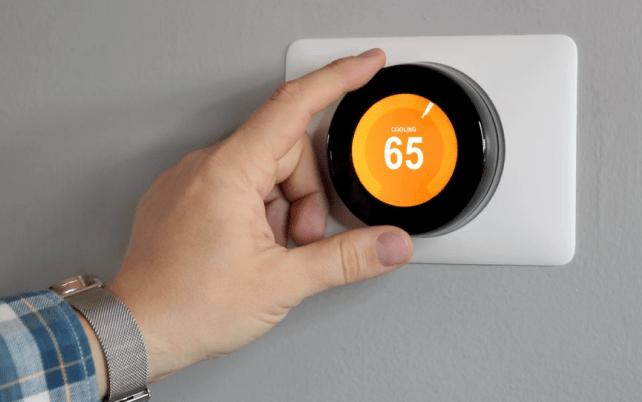

In California, as the geographic landscape changes, the energy landscape is following suit. Rising sea levels erode coastlines as wildfire transforms entire ecosystems, all while the state’s power grid grows increasingly unstable.
Residents are embracing new ways to reduce their carbon footprint and protect themselves and their communities from the accelerating impacts of our climate crisis.
Today, Californians have installed solar panels on more than 1.5 million homes, accounting for nearly 38% of all residential solar capacity in the U.S.*
But solar is just the first step.
As the state’s watersheds and weather patterns shift, energy reliability is becoming more crucial. The next chapter in California’s pursuit of a sustainable future is energy storage.

For homeowners, the most practical form of energy storage is a solar battery. Attached to rooftop (or ground-mounted) solar panels, these batteries store your excess production ― meaning the energy you don’t immediately use ― and dispatch it later on.
Are batteries necessary in California?
In years past, solar storage may have been deemed a luxury. But the new landscape is turning this amenity into a need.
Below are three circumstances that strengthen the case to install solar with battery storage.
If you find yourself saying ‘yes’ to any of these situations, talk to an energy advisor today!
Solar electric panels produce energy in real-time. This means, if you don’t use that distributed energy as soon as it runs through the inverter into your home, then you lose it. For the past 25+ years, this didn’t matter because homeowners could send the solar production they didn’t immediately use to the grid in exchange for credits on their electric bill for nearly the full-retail rate of electricity.
The enabling policy, net energy metering (NEM), which changed in April of 2023, now reduces the credit rate to such a degree that self-consuming your solar power generally makes more financial sense than exporting it.

Therefore, if the occupants in your home use the most energy during peak sun hours (around 10 am to 3 pm), you could get by on a solar-only system. If not, and your household demand picks up as the sun goes down, California’s new solar billing policy incentivizes residents to store their excess production and use it when the grid is congested.
Click here to learn how you can maximize the return on your solar system under the new solar billing policy.

In recent years, weather volatility has wreaked havoc on the Golden State’s energy systems: heatwaves overloading infrastructure, wildfires tripping transmission lines or Public Safety Power Shutoffs, and atmospheric rivers flooding power-related equipment.
Aside from impacting the infrastructure itself, climate change is affecting supply and demand. During extreme heat, air conditioners must work harder to keep homes cool, drawing more power from an already strained grid.
Prolonged drought reduces the water supply, which is crucial for hydropower generation, agricultural production for biomass and biofuels, and cooling down large fossil-fuel plants.
Grid failures can happen anywhere ― from the coast to the Sierras, in major cities and rural areas alike. The threat of ongoing chronic outages has left many Californians worried about maintaining power in the years ahead. By installing solar with battery backup, homeowners can save some of their solar production in case of a grid interruption.
Even during the threat of an outage, Californians with solar batteries can help prevent a widespread failure by drawing on their stored energy when the grid is overloaded, which alleviates strain and helps keep the power on for everyone.
The Golden State has a long history of high electricity prices that continue to rise. While the average retail price of electricity is around 20 cents per kilowatt-hour (kWh) ― nearly double the national average ― some pay more than twice that, such as PG&E customers who see rates climb as high as $0.50 per kWh during peak demand.*
There are a few contributing factors: escalating natural gas prices, changes in government policies, but most notably increases in transmission and distribution costs. By installing solar with battery storage, homeowners can produce their own solar power, store the excess for later, and then consume that energy when rates are the highest.

Doing this offers protection from unpredictable rates and enables residents to have more control over home energy costs.
In addition, California’s three investor-owned utilities (IOUs) have recently proposed a new rate structure that would be based on income rather than electricity usage. This effort to cover some of the costs of upgrading infrastructure will likely entice more Californians to cut ties with or reduce their dependence on the utility and its grid by creating and consuming their own on-site energy. Investing in energy storage is becoming essential. As the energy landscape changes, make sure you don’t get left in the dark.